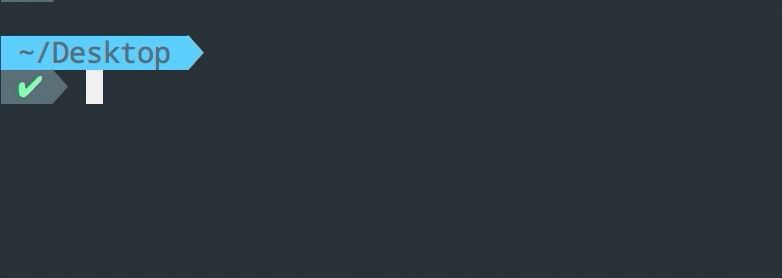As an avid Android developer, I came across Ruby two years back, and since then, I have been enjoying it very much. In my previous workplace, I used it to build a Supporter Management System (SRM) for Not-for-profit organizations. On numerous occasions, I used it for my side projects to build my portfolio.
Why do you want to learn Ruby in the first place? Some benefits of Ruby are:
- Write less: Spend less time on writing codes and more on solving problems.
- Build fast: Framework like Ruby on Rails gives you the power to build in less time.
- Deploy 🚀 for free: Use Heroku to test your application with others.
- Community: Ruby User Groups, Ruby Meetup Groups will help you to learn and share knowledge 📚.
By the time you finish reading this tutorial, you’ll be able to use Ruby to write scripts to automate your daily work. Now let’s discuss some basic concepts and features of Ruby. First things first, make sure you have Ruby installed on your machine. In case you don’t want to install Ruby natively, you can use docker.
docker run -it --rm ruby:latest
# check which version of Ruby you're running
RUBY_VERSION

Ruby is an object-oriented and interpreted (executes the code at runtime) programming language like Python. In Ruby, everything is an object.
1.next # 2
To test the above code, you can use IRB (interactive Ruby), it’s a tool to execute Ruby code read from the standard input interactively. Type the irb command from your shell to initiate the interpreter.

#data-science #technology #ruby #software-engineering #programming